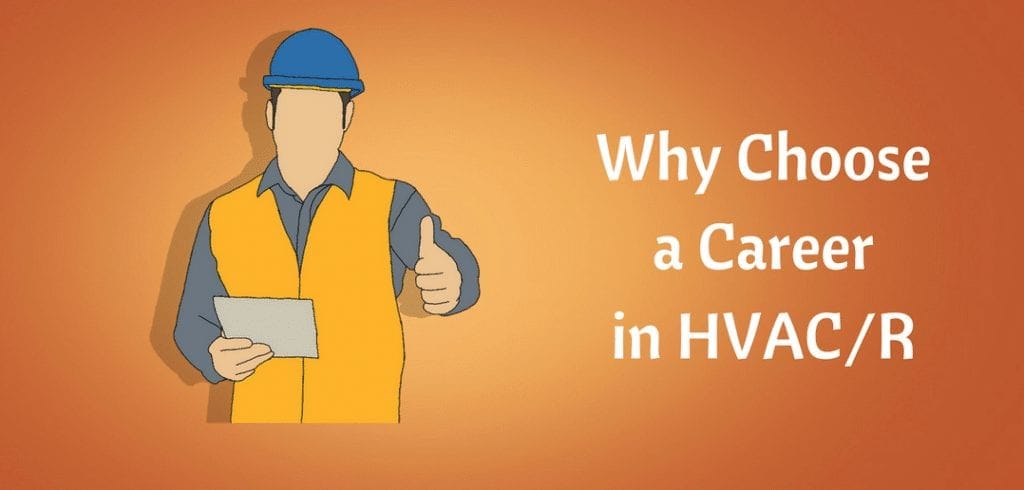Make Sure A Smooth Heatpump Setup By Using This In-Depth Checklist
Make Sure A Smooth Heatpump Setup By Using This In-Depth Checklist
Blog Article
Created By-Fink Barlow
Before diving into the installment process, it's crucial to guarantee your home is ready for the future heat pump installation. From decluttering the area to examining electrical compatibility and air flow, each step plays a crucial duty in the effective arrangement of your new system. By diligently preparing your home, you lead the way for a seamless installation experience and effective functioning of your heatpump. However what various other essential factors to consider should you keep in mind to assure an easy process?
Clearing Up the Setup Area
Have you prepared the installation location for your heat pump? Prior to the installation procedure begins, it's critical to guarantee that the area where your heat pump will certainly be installed is clear and ready for the technicians to function efficiently.
Beginning by getting rid of any barriers or clutter near the assigned place for the heatpump. Make sure that there's enough room around the unit for appropriate air flow and upkeep access. Clear away any kind of debris, plants, or furnishings that can block the setup process or restrain the heatpump's efficiency.
Furthermore, look for any kind of prospective threats such as looming branches or structures that could disrupt the heatpump's procedure.
It's necessary to develop a secure and unhampered atmosphere for the installation team to work in. By making heat pump repair service to get rid of the installation location in advance, you can help make sure a smooth and successful heatpump setup process.
Monitoring Electrical Compatibility
To guarantee an effective heatpump setup, it's important to check the electric compatibility of your marked installation location. Begin by making sure that your electrical panel has the capacity to sustain the new heat pump. Check if there suffice available breaker and sufficient amperage to handle the additional tons. If required, consult with a qualified electrician to assess and update your electric system.
Next, verify if the voltage requirements of the heat pump match your home's electrical supply. The majority of heatpump operate on conventional home voltage, yet it's important to validate this to avoid any type of electrical issues throughout installation. Additionally, make sure that the electrical wiring in your home remains in good condition and satisfies the specs outlined by the heatpump producer.
Last but not least, consider the location of the nearby power source to the outside device of the heatpump. https://www.facilitiesnet.com/hvac/article/California-City-Embraces-UV-C-Technology-for-HVAC-Systems--19264 ought to be available for simple link without the need for substantial circuitry. By attending to these electrical compatibility aspects ahead of time, you can ensure a smooth and effective heat pump setup process.
Ensuring Correct Ventilation
For ideal efficiency and efficiency of your heatpump, making sure correct air flow is vital. Sufficient ventilation allows the heatpump to operate optimally by providing the essential air flow for heat exchange processes. Prior to installation, see to it that the location where the heat pump will certainly be positioned has ample ventilation to avoid overheating and make certain appropriate air circulation.
Clear any type of obstructions around the device to allow unlimited air flow, which is important for the heatpump to run efficiently.
In addition to the area around the heat pump, take into consideration the overall ventilation in your house. Great ventilation throughout your house helps distribute conditioned air efficiently, ensuring regular temperatures and maximizing energy cost savings. https://average-cost-to-replace-a75319.madmouseblog.com/11659617/use-the-power-of-precision-in-your-heatpump-installment-journey-a-thorough-strategy-makes-sure-efficiency-and-longevity-for-your-home-s-comfort preserve indoor air high quality by reducing pollutants and dampness build-up.
During the installment process, talk to your HVAC technician to confirm that the ventilation needs for your specific heat pump design are met. By prioritizing ventilation, you can improve the efficiency and longevity of your heat pump system.
daniel cooper christchurch that you have cleared the setup location, examined electric compatibility, and made certain appropriate ventilation, your home awaits a successful heat pump setup. By following this extensive checklist, you have actually developed a secure and helpful environment for the new heatpump to operate successfully. Keep in mind to consult with experts if required and delight in the advantages of an extra comfy and energy-efficient home.
